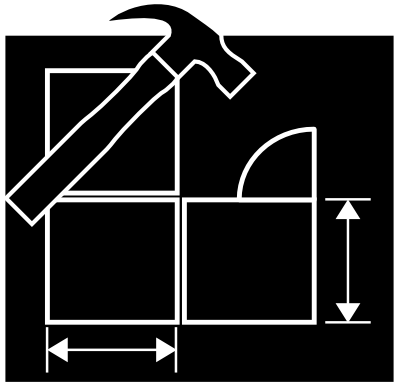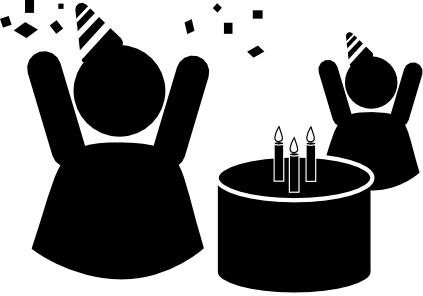Process

Big Picture

People
It starts by asking questions that get to the heart of what you need to accomplish with your software.
Then those answers are formalized into people-friendly User Stories.

Building
Diagnostic tests are made based on those User Stories. It's kind of like teaching a computer how to use the software.

Happiness
Everything you want working is done! You can now use your shiny new system, or you can ask for additional improvements as inspiration strikes.
... then rinse and repeat. You get a useful result quickly, and it only gets better over time.
Tested
You wouldn't trust a doctor who never examines their patients, nor an accountant who doesn't double-check their sums. Why trust your business to software that isn't tested properly?
Once User Stories are defined, they're used as a basis for automated tests. This benefits:
- Clarity
- Automated tests give us a common understanding and you get what you want.
- Scope
- Waste not want not - no extra effort or cost for unnecessary work
- Quality
- Tests solidify the original intent and protect against breakage.
- Documentation
- Tests double as system knowledge and knowing is half the battle.
- Flexibility
- It's normal to think of new awesome features. A test suite means changes can be made without fear.